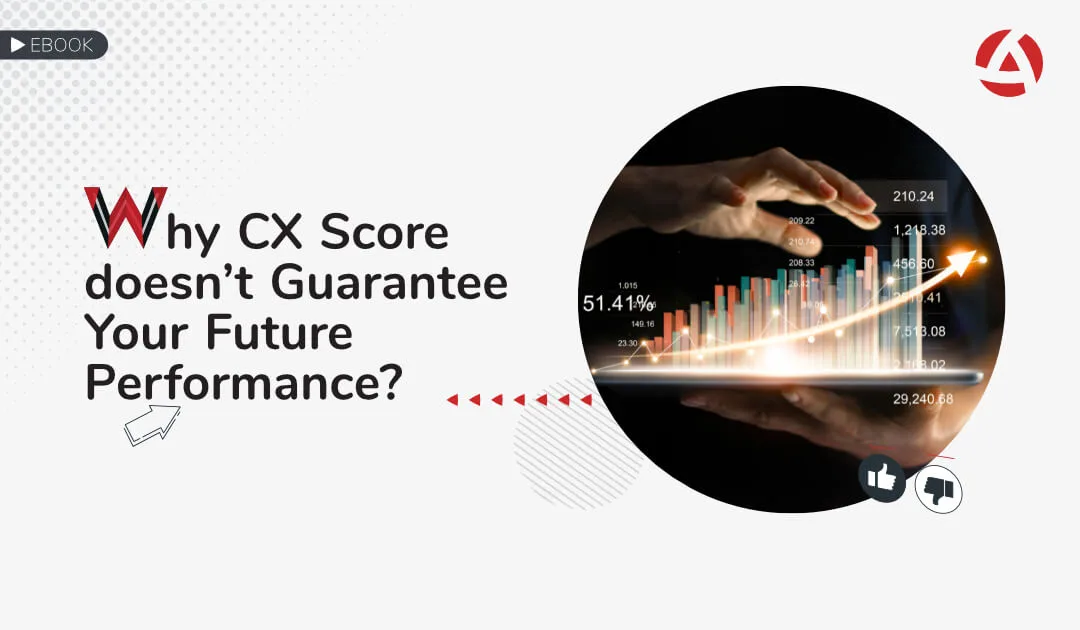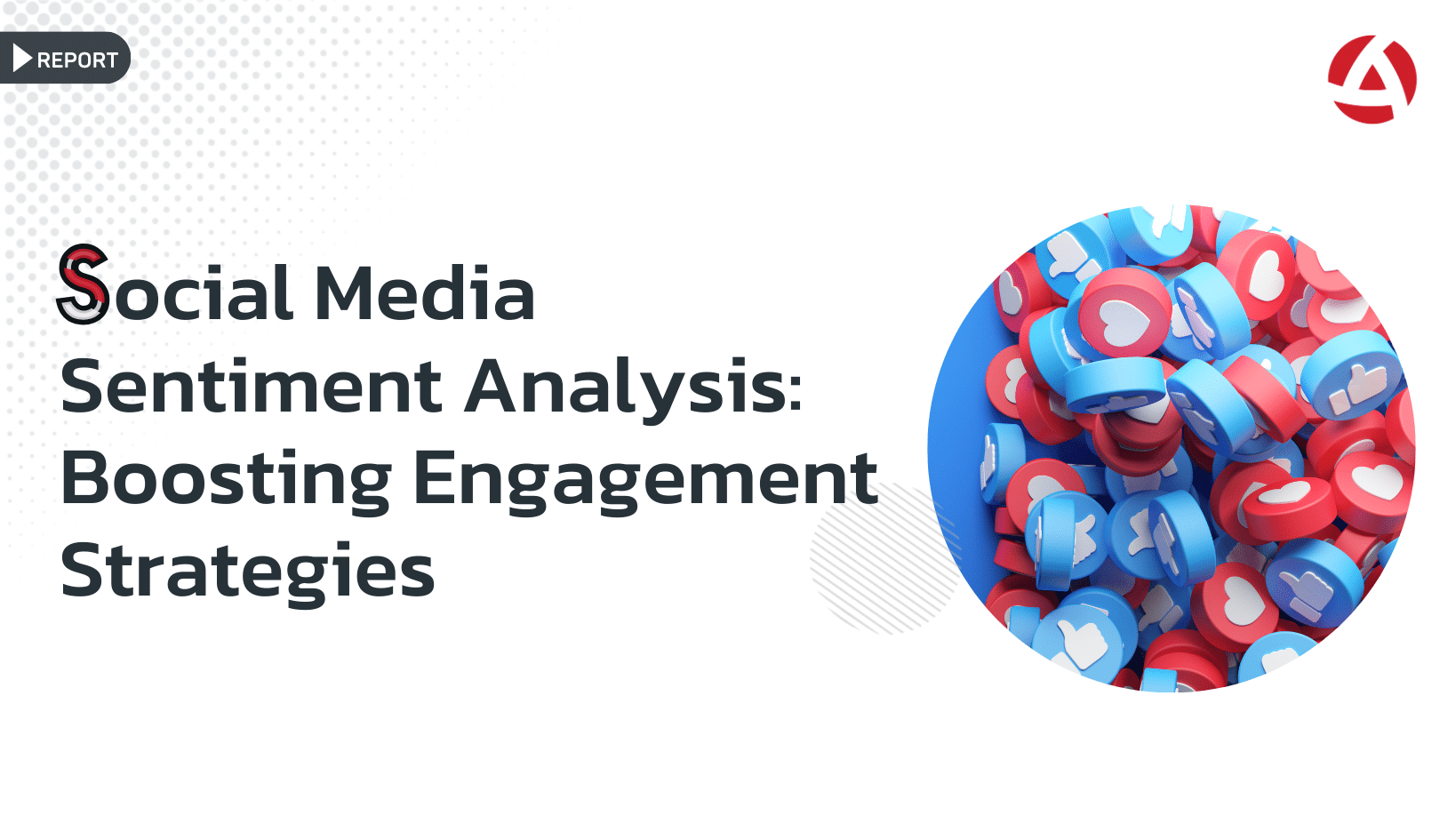CX Metrics is not a Goal, It is a Tool to Gauge Your Performance
We all know that customer experience (CX) has become the primary competitive differentiator for today’s B2C and B2B businesses. In fact, customer experience now ranks higher than price and product as a key brand differentiator.
Whatever metric is used, in many cases companies only focus on the score itself. Focusing on the numbers is important, however the process and mechanism behind the metric system plays an even more critical role for the measurement program’s success. CX score itself doesn’t guarantee your future performance unless you do your best to understand the drivers of satisfaction and act upon them.
In this e-book, we’ll explore some of the key customer experience metrics and how to approach them with a continuous improvement mindset. We’ve also highlighted why driver analysis is key for structural improvement efforts. Finally, we offer a checklist to help you go beyond the measurement and sustain the gain.
Related Resources
Social Media Sentiment Analysis: Boosting Engagement Strategies
In today’s digitally connected world, social media has become a cornerstone of customer engagement, offering businesses unparalleled opportunities to connect with their audience, gather feedback, and build brand loyalty. However, amidst the vast sea of social media conversations, deciphering the sentiments and emotions expressed by customers can be a daunting task.
Introducing oCX, the New, AI-Generated CX Metric
- oCX, or “Observational Experience,” is a unique metric that assesses the quality of a company’s customer experience without relying on traditional surveys.
- This metric is powered by AI technology that analyzes individual customer opinions expressed in unsolicited text comments on social media, review sites, and other online platforms.
Food Delivery oCX Report
Spring 2024
As the growth rate of the food delivery industry slows, the competition to acquire and retain customers intensifies. To gain an edge, it’s crucial to understand and swiftly respond to customer needs. In the Spring edition of our Food Delivery Industry report, we analyzed the customer needs across 75 food delivery brands, including industry giants like Uber Eats, DoorDash, Grubhub, Domino’s, and Starbucks.




